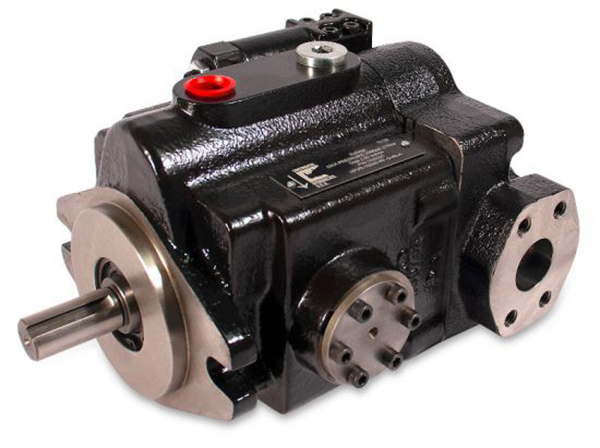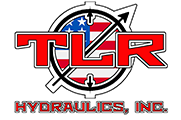Fluid Power Rules-of-Thumb
The hydraulic pump is the heart of your hydraulic system, converting mechanical power into hydraulic energy.
While the pump is operating, a vacuum is created at the pump inlet, pushing fluid into the inlet line from the reservoir to the pump, which is then mechanically pushed into the pump outlet and the hydraulic system.
Through our many years as a premium hydraulic repair shop, we’ve found some rules of thumb that should help you in operating and maintaining your pump.

Horsepower for Driving A Pump:
For every 1 HP of drive, the equivalent of 1 GPM @ 1500 PSI can be produced.
Horsepower for Idling A Pump:
To idle a pump when it is unloaded will require about 5% of its full rated horsepower.
Compressibility of Hydraulic Oil:
Volume reduction is approximately1/2 % for every1000 PSI of fluid pressure.
Compressibility of Water:
Volume reduction is about 1/3 % for every 1000 PSI pressure.
Wattage for Heating Hydraulic Oil:
Each watt will raise the temperature of 1 gallon of oil by 1°F per hour.
Flow Velocity in Hydraulic Lines:
Pump suction lines 2 to 4 feet per second; pressure lines 500 to 3000 PSI, 15 to 20 feet per sec. pressure lines over 3000 PSI, 25 feet per sec.; all oil lines in air-over-oil system, 4 feet per sec.
To maximize the efficiency of your hydraulic system, maintaining a peak performance pump is critical. Should your pump begin to fail, our team is prepared and experienced in all aspects of hydraulic pump repair. Give us a call.






